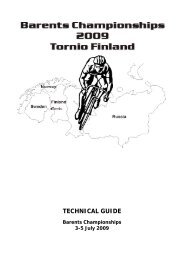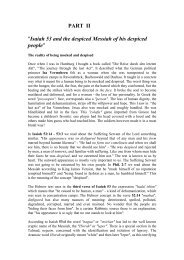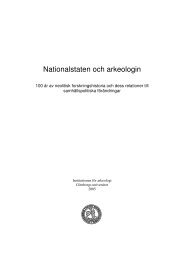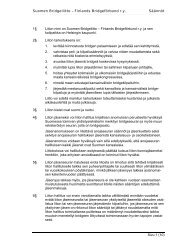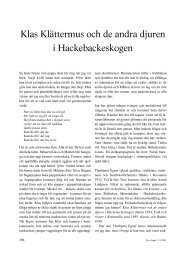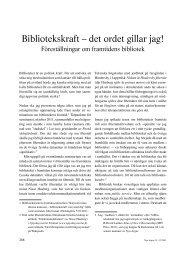Struggles for Sustainable Urban Development in Cochabamba, Bolivia
Struggles for Sustainable Urban Development in Cochabamba, Bolivia
Struggles for Sustainable Urban Development in Cochabamba, Bolivia
You also want an ePaper? Increase the reach of your titles
YUMPU automatically turns print PDFs into web optimized ePapers that Google loves.
Protest movements<br />
The mobilisation of people took a new pattern dur<strong>in</strong>g the water war. This time, unlike <strong>in</strong><br />
the past, the protests were only marg<strong>in</strong>ally based on the trade-unions. The ma<strong>in</strong> drivers of<br />
protest were territorial organisations such as neighbourhood associations (Assies 2003).<br />
People from different backgrounds united to <strong>for</strong>m a massive pressure group aga<strong>in</strong>st the<br />
government. The sheer numbers mobilised made the government back down and cancel the<br />
contract. However the protests were not just about water. Nickson & Vargas (2002) po<strong>in</strong>t<br />
out that ‘the conflict co<strong>in</strong>cided with a situation of social unrest <strong>in</strong> the country at large’. They<br />
expla<strong>in</strong> that at the time there was a grow<strong>in</strong>g resistance to the government’s neo-liberal<br />
economic strategy. The country was <strong>in</strong> economic crisis with teachers and police demand<strong>in</strong>g<br />
pay rises. An <strong>in</strong>tense coca plantation eradication program caused a lot of <strong>for</strong>mer coca<br />
farmers (cocaleros) to migrate to <strong>Cochabamba</strong>. These together with a long tradition of ‘anti-<br />
imperialistic’ rhetoric were, accord<strong>in</strong>g to them, important reasons beh<strong>in</strong>d the conflict, proven<br />
by the participation of peasants and coca farmers <strong>in</strong> the protests. In addition to the water<br />
conflict, other mobilisations such as the nationwide protests <strong>in</strong> February 2003, brought<br />
together several different issues. It appears that one government decision can trigger protests<br />
which reawaken unresolved conflicts from the past. In this way different groups <strong>in</strong>itiate<br />
collective action which gives more power to their <strong>in</strong>dividual demands. ‘Marg<strong>in</strong>al groups…can<br />
comb<strong>in</strong>e to use their numbers <strong>in</strong> seek<strong>in</strong>g power’ (Blair 2000).<br />
Accord<strong>in</strong>g to Olson (1965) collective defiance is only likely to occur when actors receive<br />
rewards <strong>for</strong> anti-status quo movements and non-participants are penalised. In addition to<br />
ga<strong>in</strong><strong>in</strong>g more attention to their demands by collective action, the <strong>in</strong>creased water tariffs<br />
provided a concrete <strong>in</strong>centive <strong>for</strong> the citizens of <strong>Cochabamba</strong> to participate <strong>in</strong> the<br />
demonstrations. Accord<strong>in</strong>g to Assies (2003) several non-governmental organisations (NGOs)<br />
10



